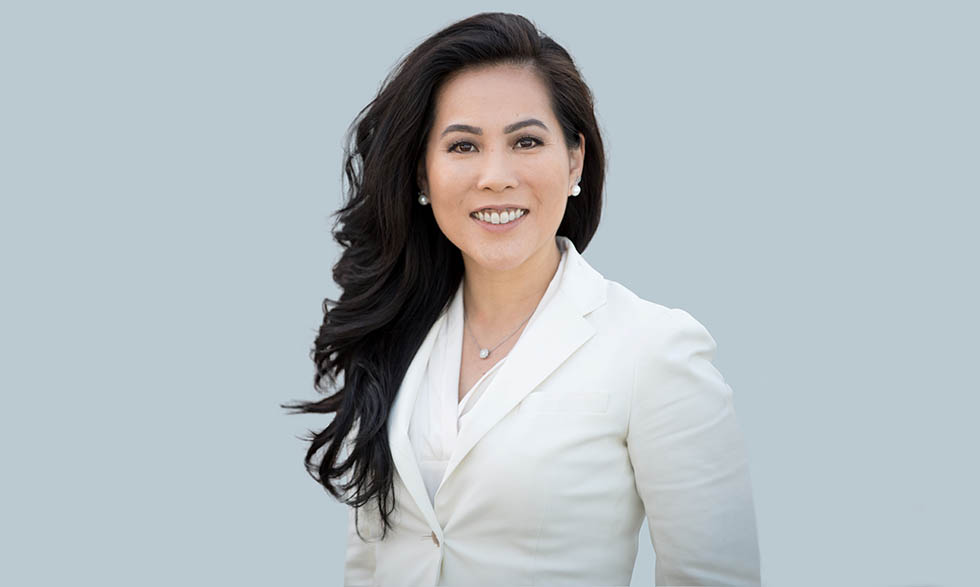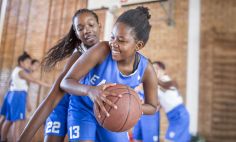Health Topics

Sports injury? Finding a specialist can improve recovery
Growing bodies face unique risks
Many children and young athletes rival grown-ups with their skill and strength in the sports they play competitively. That makes it easy to forget how different they are from adults.
You might assume that any sports injuries they get are just smaller versions of the same injury in an adult, but they aren't, says Miho Tanaka, M.D., a sports medicine surgeon at Massachusetts General Hospital and Harvard Medical School.
"One misconception is that children and young athletes are just small adults, and that's just not the case," Dr. Tanaka adds. "The types of injuries they get, and the recommended treatments for them, are often very different."
Injuries to growth plates, for example, can only happen to children and young people, she said. Growth plates are the area of tissue at the end of the long bones in growing children and teens, according to the National Institutes of Health.
Young athletes' muscle control is also constantly changing due to growth. That might lead to differences in how they train for or play a sport, which can require specific preventative measures.
Emphasizing prevention
Dr. Tanaka began to study youth sports injuries after her own experience as a young athlete.
"I not only became fascinated with the process of healing, but with the potential for predicting recovery and sports performance," she says. "Much of my research is focused on being able to better identify risk factors that can be used to predict injury or surgical outcomes."
One of Dr. Tanaka's recent studies focuses on anterior cruciate ligament (ACL) injuries. Dr. Tanaka said about 80% of ACL injuries in women happen because the knee gives out during a pivoting movement when playing a sport.
"It's been shown that with preventative exercises, you can reduce that rate by about 75%," she said. "But not a lot of athletes and parents know this."
In fact, her research team learned that almost 70% of respondents in the study didn't know about specific prevention training programs (PTPs) that could help them avoid ACL injuries. Many also expressed interest in participating in PTPs in the future.
"I feel very fortunate to be able to work with young athletes while continuing to seek ways to optimize their treatment and recovery. I want to help them remain healthy and succeed in their goals," says Dr. Tanaka.
Find the right care
When it comes to treating sports injuries in young adults, Dr. Tanaka emphasizes that parents should seek out specialized providers.
"Even their X-rays can look different," Dr. Tanaka said. "Knowing what normal X-rays look like for a given stage of growth, as well as the specific injuries and treatments associated with them, is important when treating young athletes."
That's why finding a doctor in sports medicine who specializes in treating young people is crucial. And if surgery is needed, the surgeon should know how to perform modified surgeries to accommodate open growth plates.
Take time to recover
Dr. Tanaka says that a young person who has experienced a sports injury can often recover fully—it just might take a while.
"It's important to appropriately manage an injury to full recovery, not only to be able to perform at your best, but also for long-term health of the joint," Dr. Tanaka said.
In addition to parents and guardians, she encourages athletes to be educated about their injury and treatment. That can help them keep up with their treatment and stay motivated while they recover.







